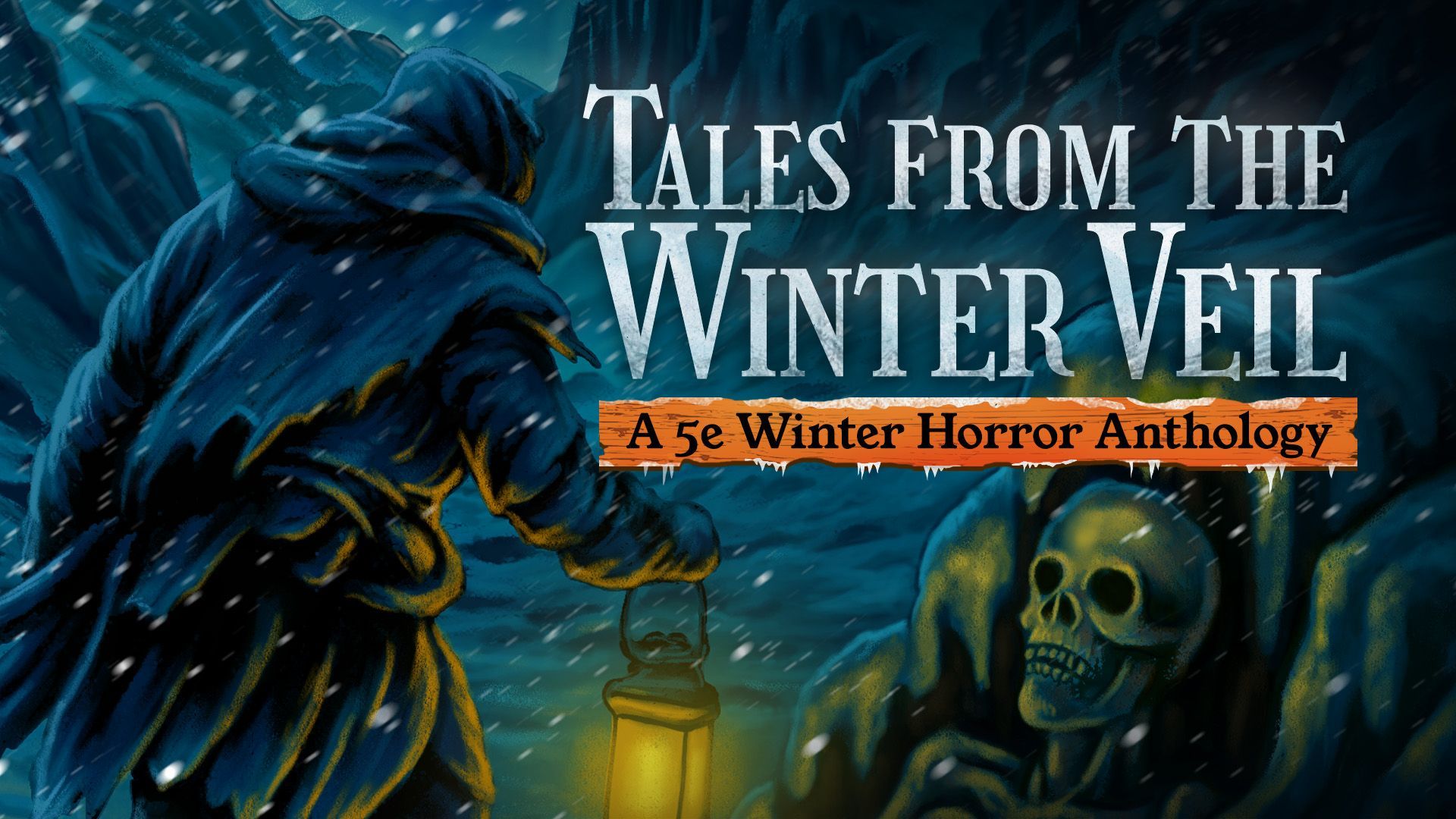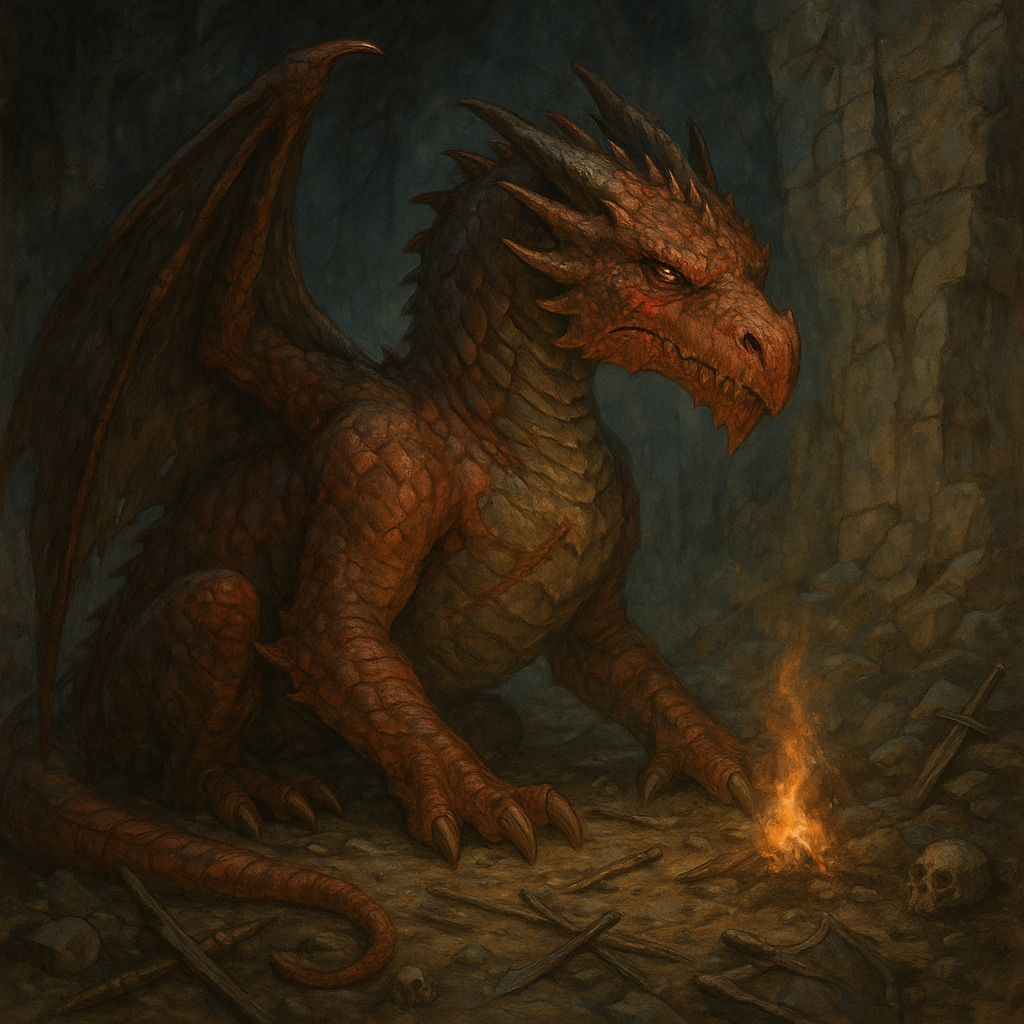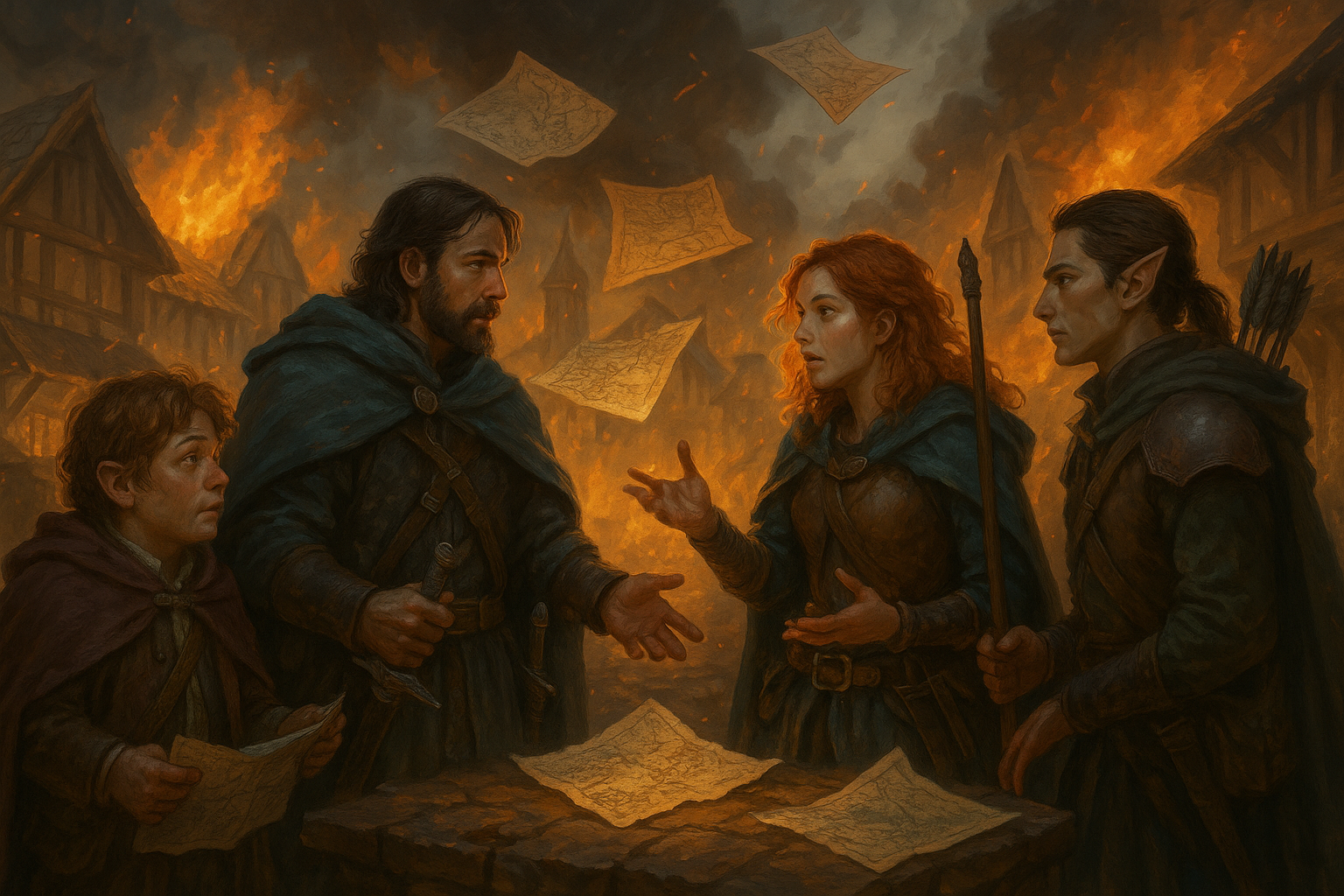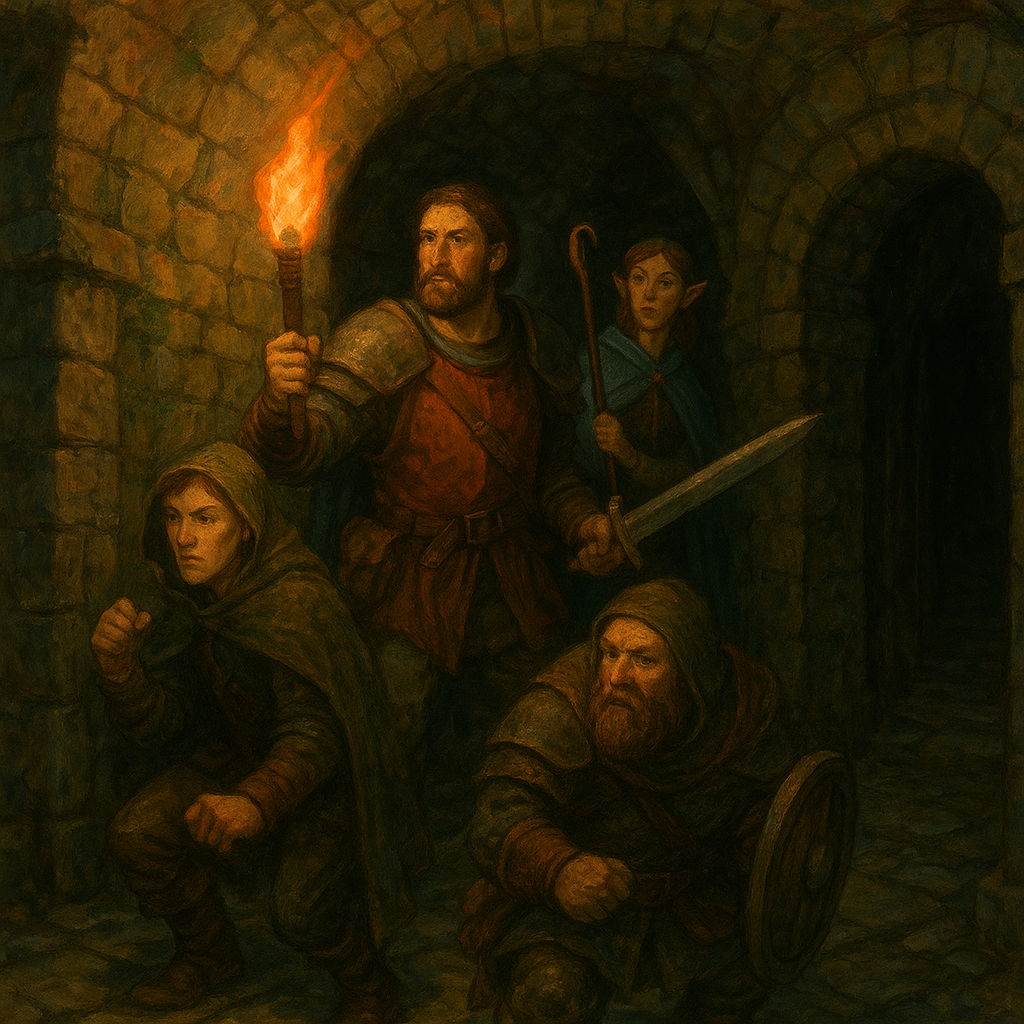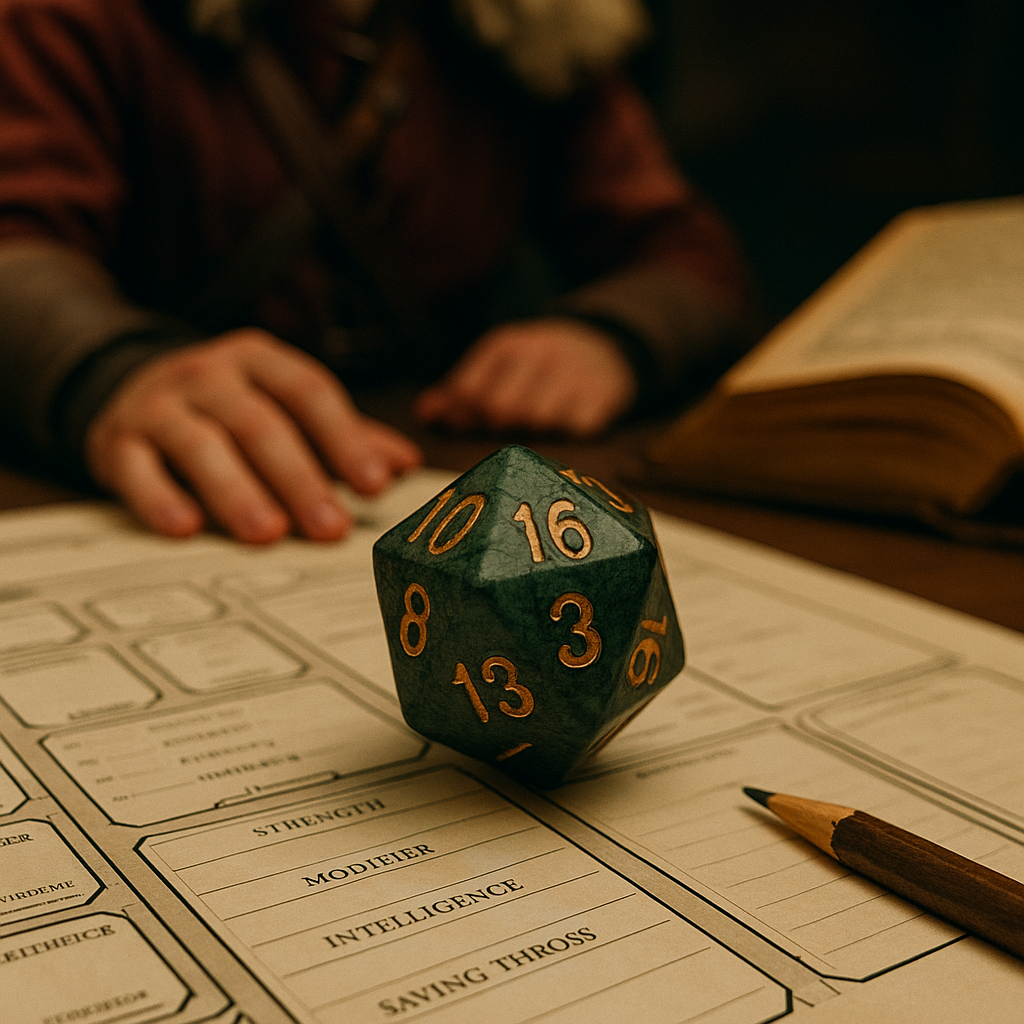The Art of the Slow Burn: Pacing World-Shaking Prophecies
I see a bright future...or not.
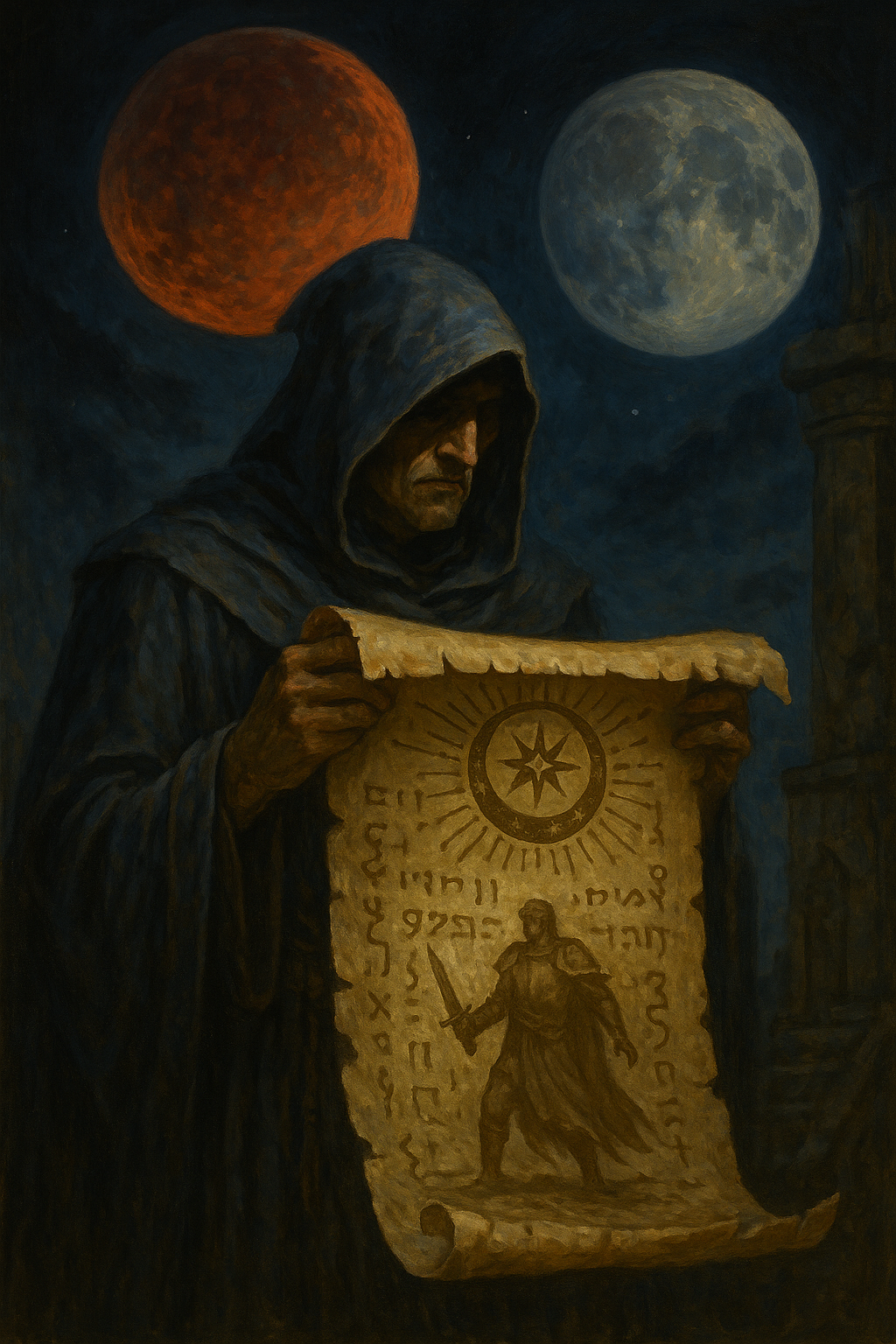
Dear Readers,
In the high-stakes tapestry of a Dungeons & Dragons campaign, few narrative tools evoke as much weight, dread, and fascination as a prophecy. These cryptic messages, ancient riddles, and ominous omens serve as harbingers of cataclysm, destiny, and decision. But the real magic lies not in the prophecy itself, but in its pacing.
Today we explore The Art of the Slow Burn: how to weave world-shaking prophecies into your campaign in a way that feels earned, impactful, and unforgettable. When done right, a prophecy doesn’t just predict the future—it shapes the campaign, reveals character truths, and alters the world.
Why Use Prophecies at All?
A prophecy is more than a plot device. It is a storytelling accelerant that builds anticipation and gravitas over time. It connects players to the long history and future stakes of your world.
Prophecies Create:
- Tension: Players want to know when, how, and if it will come true.
- Mystery: They become invested in deciphering layered meanings.
- Themes: A good prophecy reinforces campaign tone and purpose.
- Character Growth: Especially when the prophecy is personal.
The slow burn turns a prophecy from an event into a journey.
Step One: Crafting the Prophecy
A strong prophecy is neither too vague nor too literal. It should feel meaningful but demand interpretation. Here are three core design elements:
1. Symbolism Over Specificity
Avoid giving away the plot in a single verse. Instead, use rich imagery that implies truth without directly stating it.
Example: "When the twin moons drown in flame, And the crownless wolf walks alone, The world shall split beneath the old gods' gaze."
What does this mean? Players don’t know. But they will remember it.
2. Flexible Fulfillment
A good prophecy can be fulfilled in multiple ways. Let the players’ actions influence how or whether it manifests.
3. Layered Meaning
Revisit and reinterpret the prophecy over time. Early lines gain new significance as more is revealed.
Step Two: Planting the Seed Early
Introduce the prophecy early, but quietly. Don’t drop it like a quest log objective. Instead:
- Have it appear as graffiti on a dungeon wall.
- Include it in a bard’s haunting melody.
- Have an old priest mutter it in passing.
Let the prophecy linger in the background until players begin to ask about it. This shifts the energy from exposition to discovery.
Step Three: Reinforce Over Time
To build the slow burn, you must reintroduce the prophecy organically. Each appearance should be contextual, tied to current events:
- An ancient artifact bears one of the symbols.
- A villain quotes a line before a climactic battle.
- A vision during a divination spell reveals a piece of the imagery.
Each callback should deepen the players’ curiosity. Avoid hand-holding. Let them make the connections themselves.
Step Four: Tying It to Character Arcs
Prophecies are most compelling when they intersect personally with one or more PCs.
Ideas:
- A PC is suspected to be the prophecy’s chosen one—but it might be a red herring.
- A warlock’s patron wants to prevent the prophecy.
- A paladin fears they are destined to fulfill the darkest line.
Give players agency: they should wonder, fear, and hope. Let them strive to fulfill or prevent the prophecy as they see fit.
Step Five: Fulfillment as Climax, Twist, or Tragedy
Eventually, the slow burn must end in fire.
Three Prophetic Payoffs:
1. Climactic Realization
The prophecy was always true. The players couldn’t stop it. But now they understand it—and must act.
Example: The "crownless wolf" was not a villain, but a forgotten ally. The world splits—but it births a new dawn.
2. Subversion
The players break the prophecy. Their actions prove fate is not immutable.
Example: The moons drown in flame, but a new magic rises to shield the world. Prophecy bends to will.
3. Tragic Fulfillment
Despite all, the prophecy is fulfilled—at great cost.
Example: A PC dies to prevent greater destruction. Their sacrifice was the prophecy’s heart all along.
Bonus Tips: Running the Slow Burn Well
- Keep a Prophecy Journal: Track every instance, interpretation, and evolution.
- Use Visuals and Recitations: Hearing the same lines over time reinforces their importance.
- Let Players Theorycraft: Fuel their speculation by giving just enough.
- Don’t Overuse: One major prophecy per campaign is ideal. Minor ones can exist but should not compete.
Sample Campaign Beats Using the Slow Burn
Campaign: The Ashen Crown Prophecy Fragment:
"Beneath the mountain where no birds fly, The flame that sleeps shall wake in sky. A crown of ash, a sword of bone, Will mark the end of flesh and stone."
Session 1: Players find this scrawled in a dead man’s journal.
Session 5: They hear a similar line in a kobold nursery rhyme.
Session 9: A druid has visions of ash raining from a clear sky.
Session 14: A villain claims the sword of bone and begins the ritual.
Session 18: Players must decide: destroy the flame, or crown it?
A prophecy is a promise. Not just of doom or destiny, but of payoff. And the longer you wait to light the fire, the more devastating and dramatic the burn.
Master the slow burn, and your campaigns will not just tell stories—they will echo through the dreams of your players.
Until next time, Dear Readers...
















